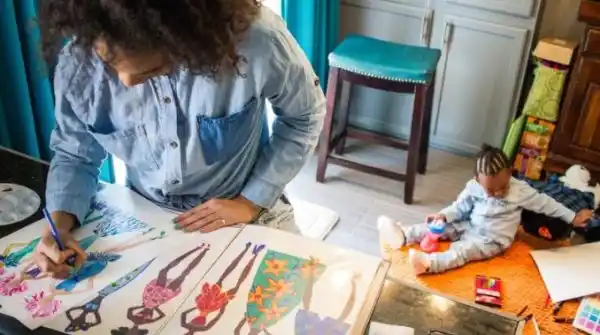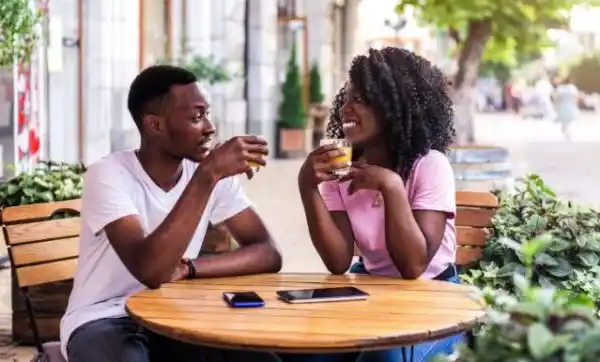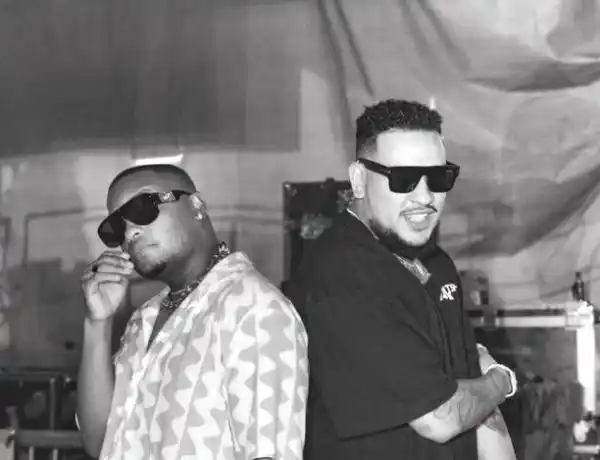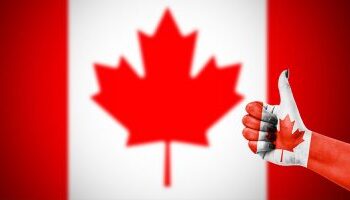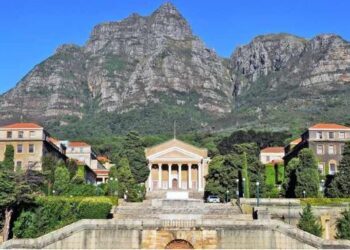Art is an often-overlooked career path, but is one that gives expression to perplexing and complicated human experiences – and can make you some good money.
Art also helps us see, connect, and interact with others in the world, and can be a deeply rewarding career to embark on.
Here are five of South Africa’s biggest fine artists:
1. Nelson Makamo
“Later on in life, we sometimes forget there’s beauty in being a human being, but children are just discovering that.”
The 40-year-old fine artist was born in Modimolle, Limpopo. He studied at the Artist Proof Studios in Johannesburg and has had an illustrious career that has spanned over 20 years.
His distinct, and instantly recognisable, work is comprised of charcoal and oil paintings that depict destitute African children.
Through this focus on African youth, Makamo shares the vulnerable, yet hopeful, and wide-eyed nature of kids that often children of the continent are deprived of.
In 2019, his painting named Mapule landed a cover in TIME’s Optimists issue, which was guest-edited by filmmaker Ava DuVernay.
With solo exhibitions in the US, Finland, England, France, and other countries, Makamo is in a league of his own.
2. Esther Mahlangu
“It is my passion to transfer this skill to the generations after me. I want them to learn where it comes from, why the Ndebele people paint their houses, and monuments.”
This icon was born in Middleburg, Mpumalanga. She began painting at the age of 10 and has honed her skills over the decades.
With a focus on her native Ndebele style of painting, which is traditionally done by women and girls to the exterior of houses, Mahlangu pays homage to her heritage through her work.
In 1989, her art reached the world stage at the European art exposition titled Magiciens de la terre (Magicians of the World).
Two years later, BMW commissioned her to create an ‘art car’, following in the shoes of other iconic artists who had taken on the car manufacturers’ commissions, such as Any Warhol, Frank Stella, and David Hockney.
Mahlangu made history as the first non-Western, and female person to create these art cars.
Her Ndebele motifs were also reproduced in 1997 on the tails of British Airways planes.
In 2006, Mahlangu was awarded the government’s Order of Ikhamanga, silver class.
3. Zanele Muholi
“Fine artists deal with finery, but I deal with painful material. It is personal issues that make me do what I do, for I have been assaulted more than 50 times by just listening to what women who have confessed and confirmed their love for other women have been through.”
Muholi is a visual artist, and activist whose work focuses on black, lesbian, gay, transgender, and intersex people.
As a non-binary person, Muholi uses they/them pronouns. They were born in the township of Umlazi, Durban.
They hold a Master of Fine Arts degree in Documentary Media from Ryerson University in Toronto, Canada.
Muholi has researched and heavily documented hate crimes against the LGBTQI+ community in the order to highlight the horrific realities experienced in the country, such “corrective rape,” assault, and HIV/AIDS.
Their first solo exhibition at the Johannesburg Art Gallery in 2004. The 42-year-old seeks to empower the subjects of their photography by inviting participants to speak of their experiences at these events.
4. William Kentridge
“It does not have to be an accurate drawing, but it must stand for an observation, not something that is abstract, like an emotion. I am only an artist; my job is to make drawings not to make sense. Forgetting is natural, remembering is the effort one makes.”
Kentridge was born in Johannesburg. The 67-year-old first set his sights on becoming an actor but said he was not good at the craft; eventually he stumbled into art, which became his life’s passion.
He began making prints and drawings in the 1970s. From 1996 to1997, he created a series of eight prints titled Ubu Tells the Truth, based on Alfred Jarry’s 1896 play Ubu Roi.
Reportedly, these prints also relate to the Truth and Reconciliation Commission conducted in South Africa after the end of apartheid.
5. Talia Ramkilawan
“Attempting to find a process of healing through making led me to where I am now. I craved intimacy between what I was making and myself. I place emphasis on exposing how trauma from the past resonates in the present,”
The textile artist was born in Cape Town but grew up in Nelspruit. She attributes her journey into the creative space to her English teacher, who encouraged her creativity.
She studied sculpture at the Michaelis School of Fine Arts. As someone of South Asian identity, her art focuses on the trauma of dislocation and displacement in the country.
In rug-hooking, she weaves contemporary imagery into her tapestries. Her first solo exhibition, Aren’t We Always Having Indian Dreams? touches on the themes of family, trauma, and healing.


